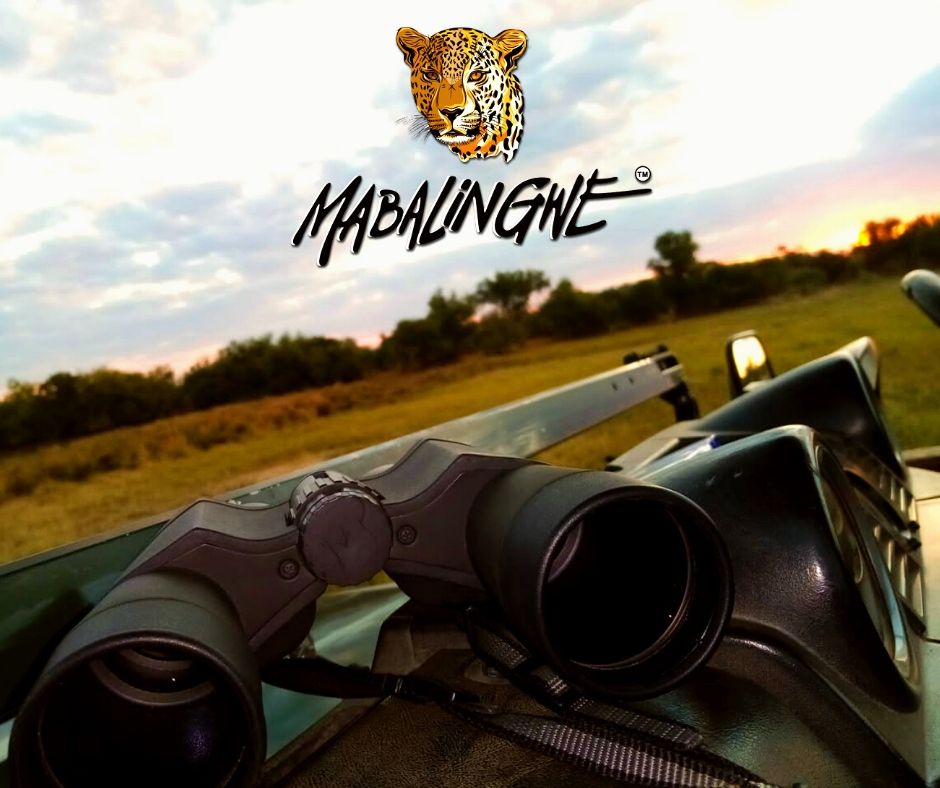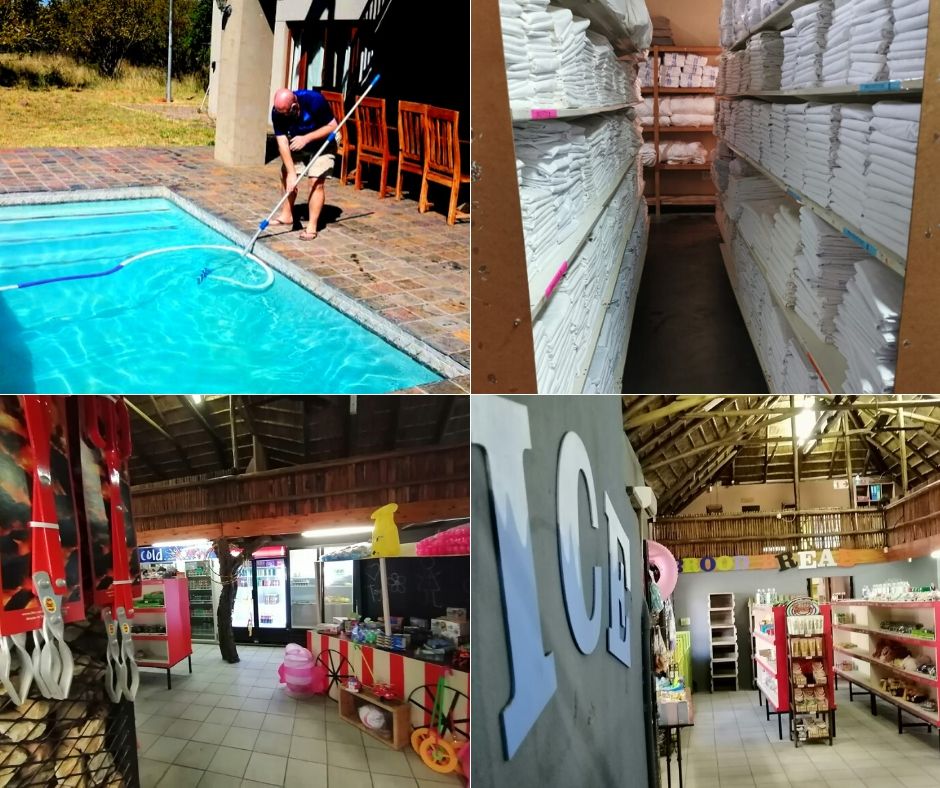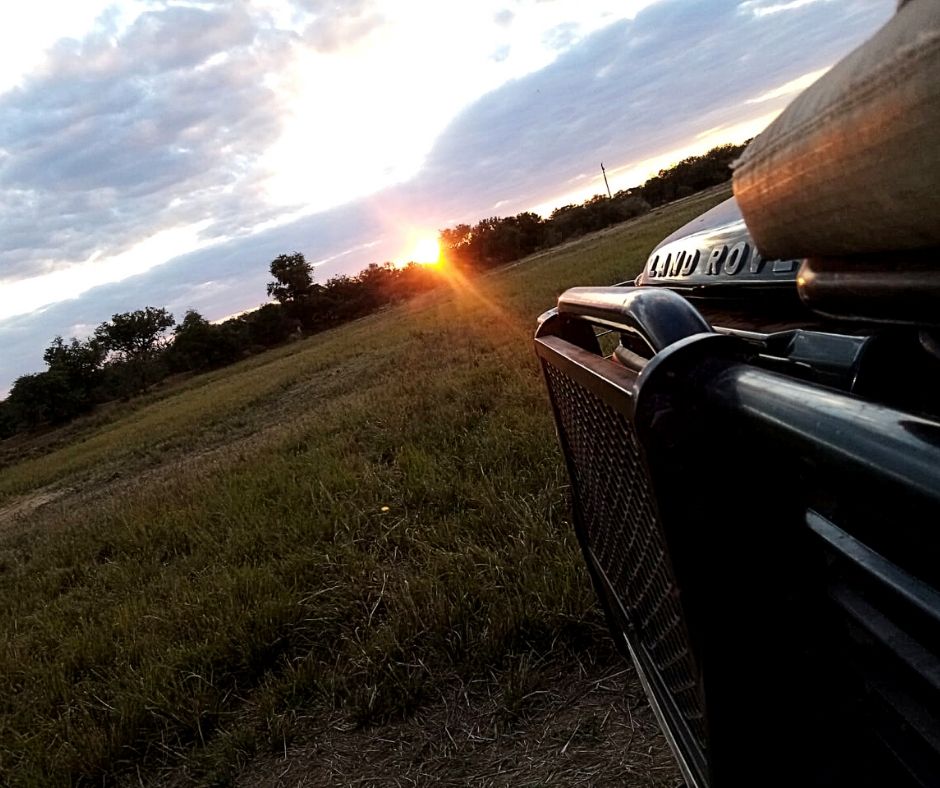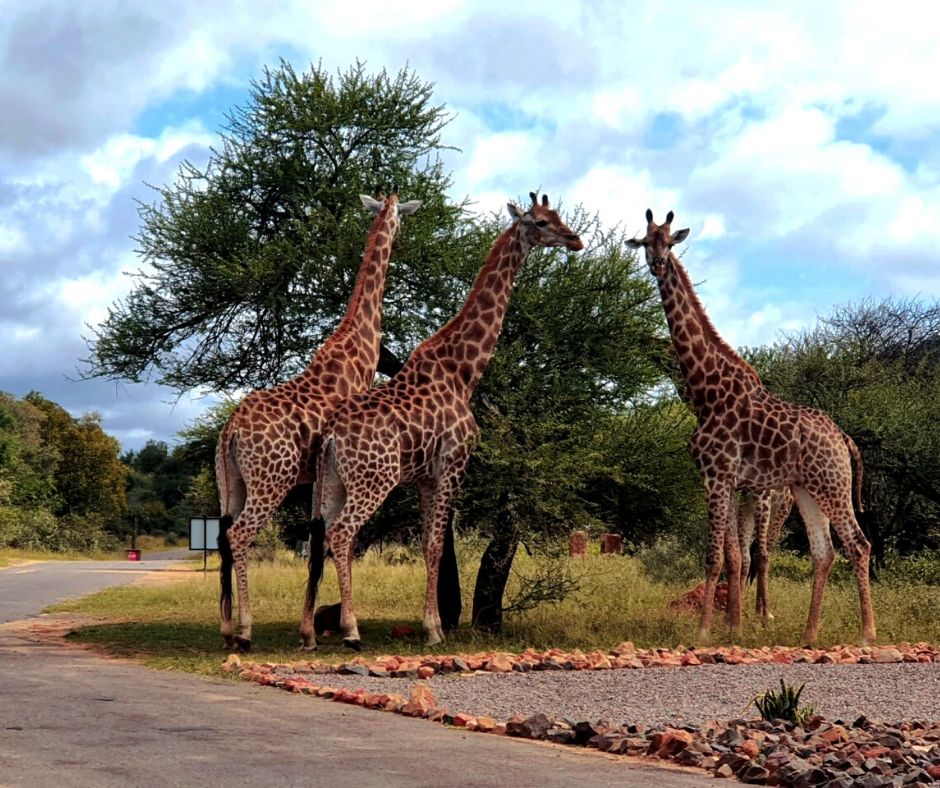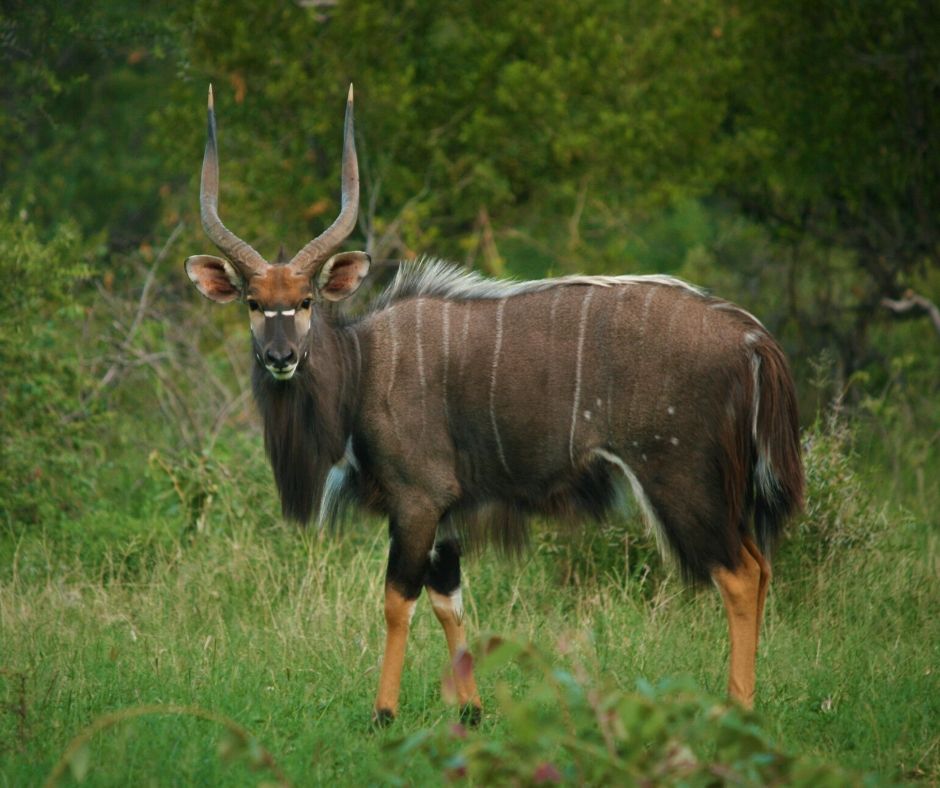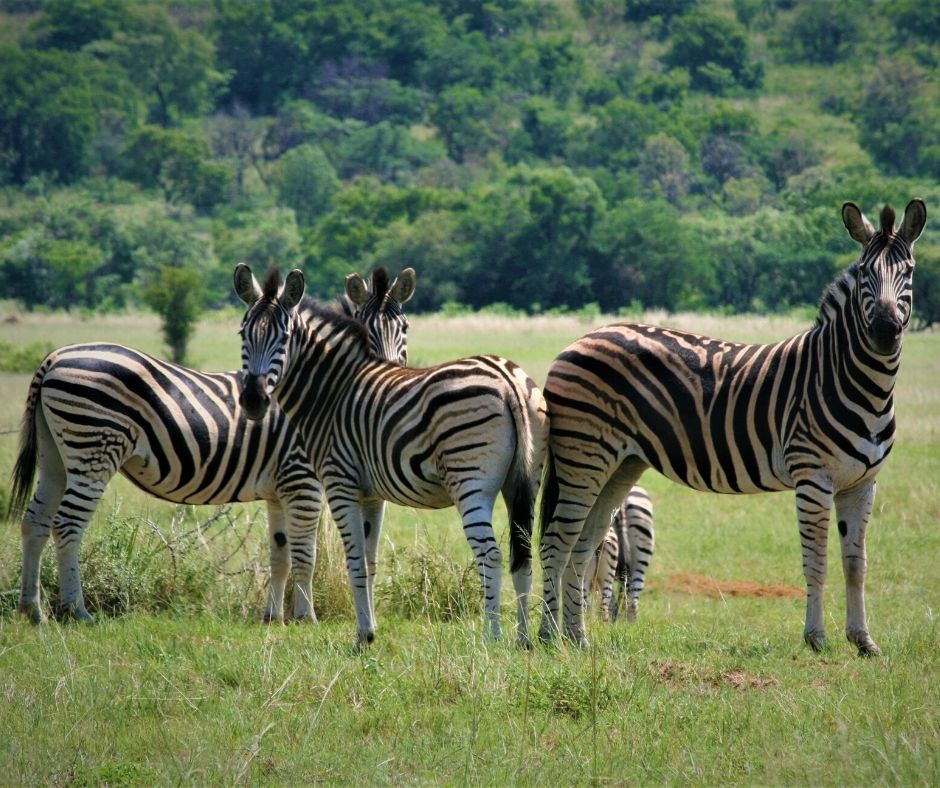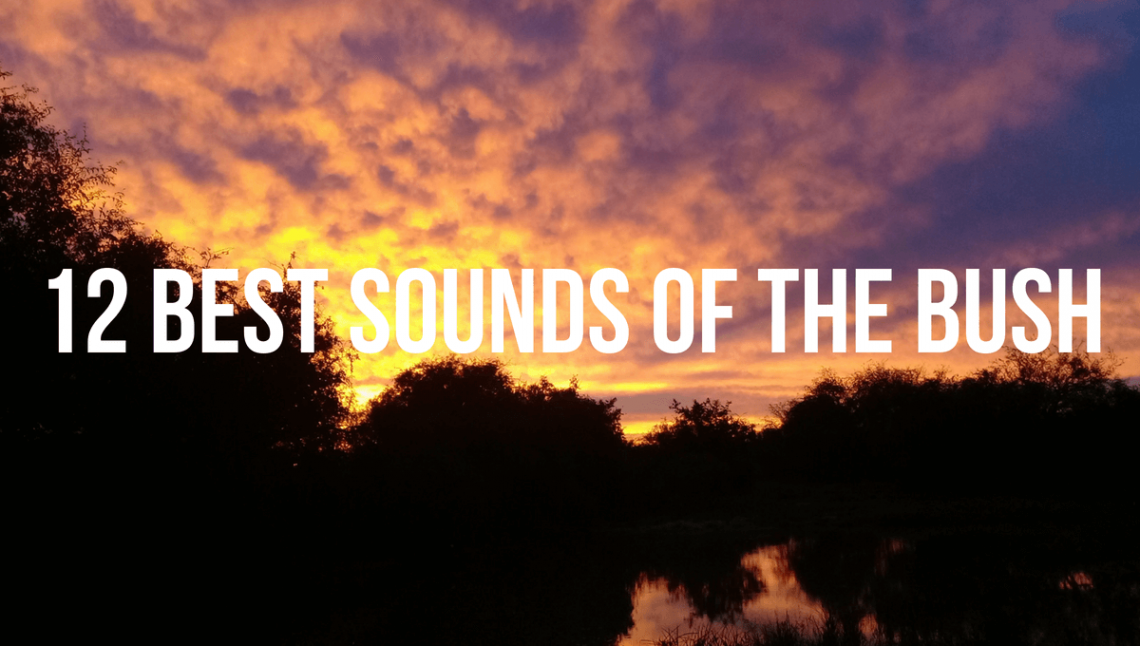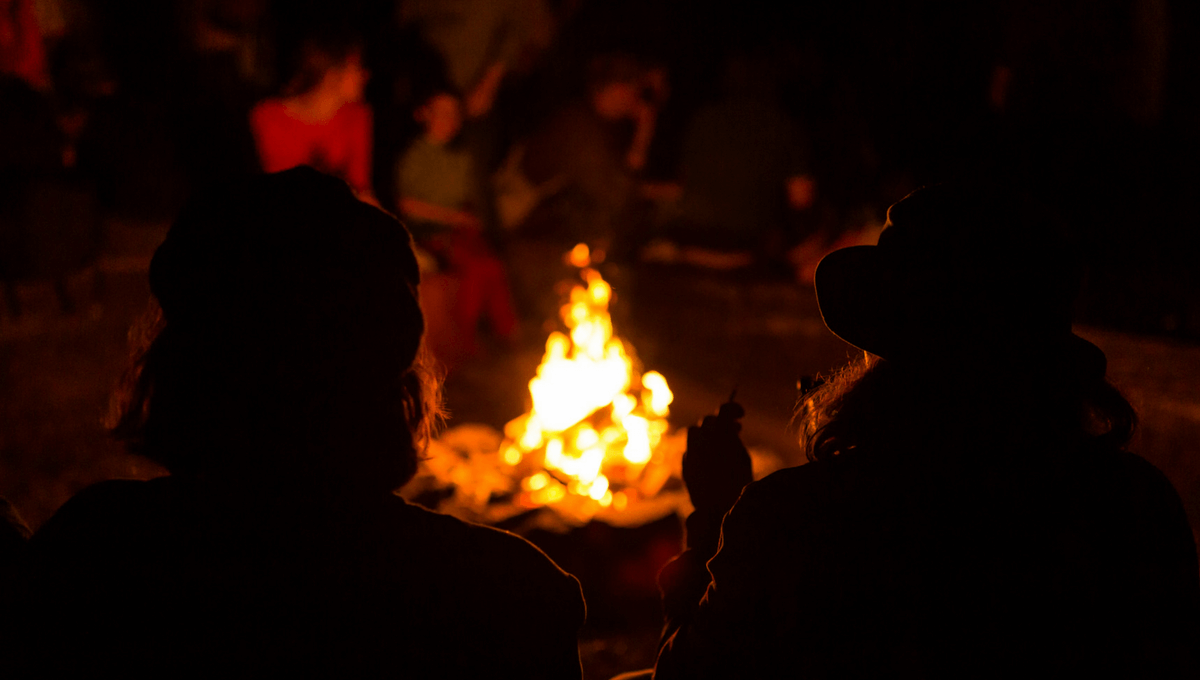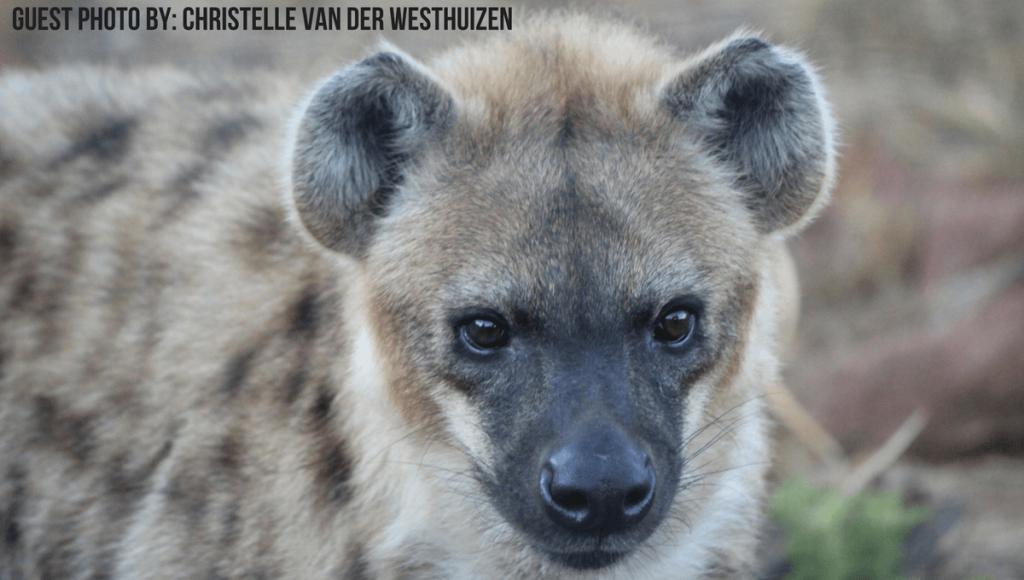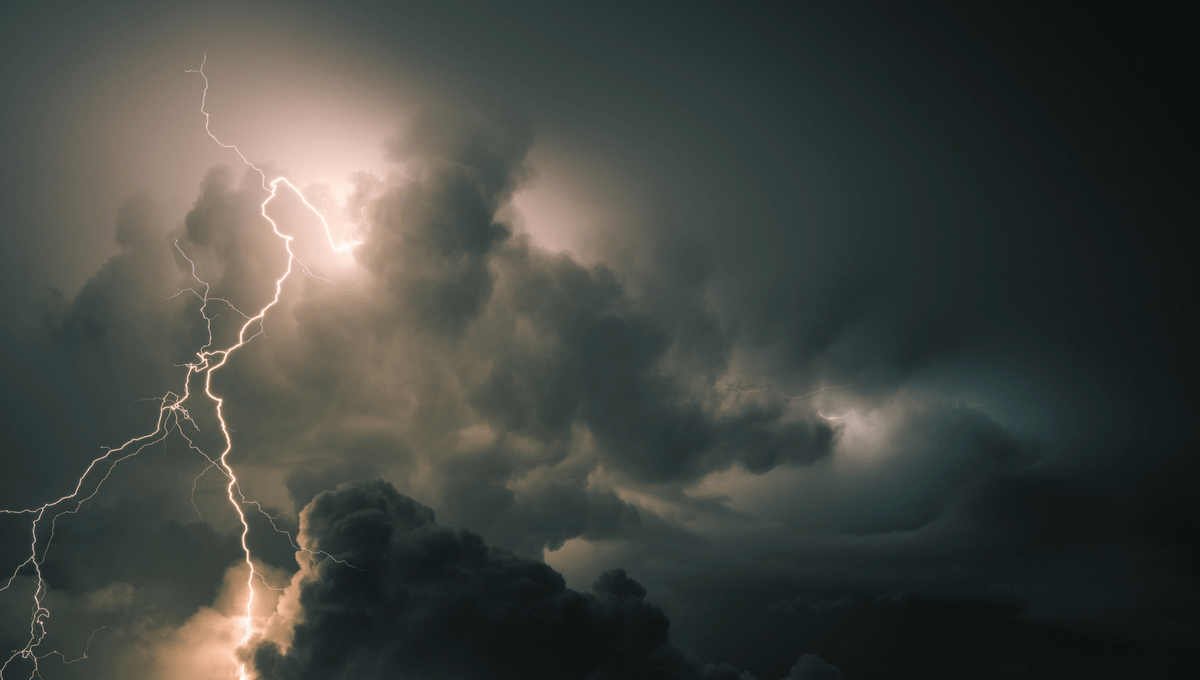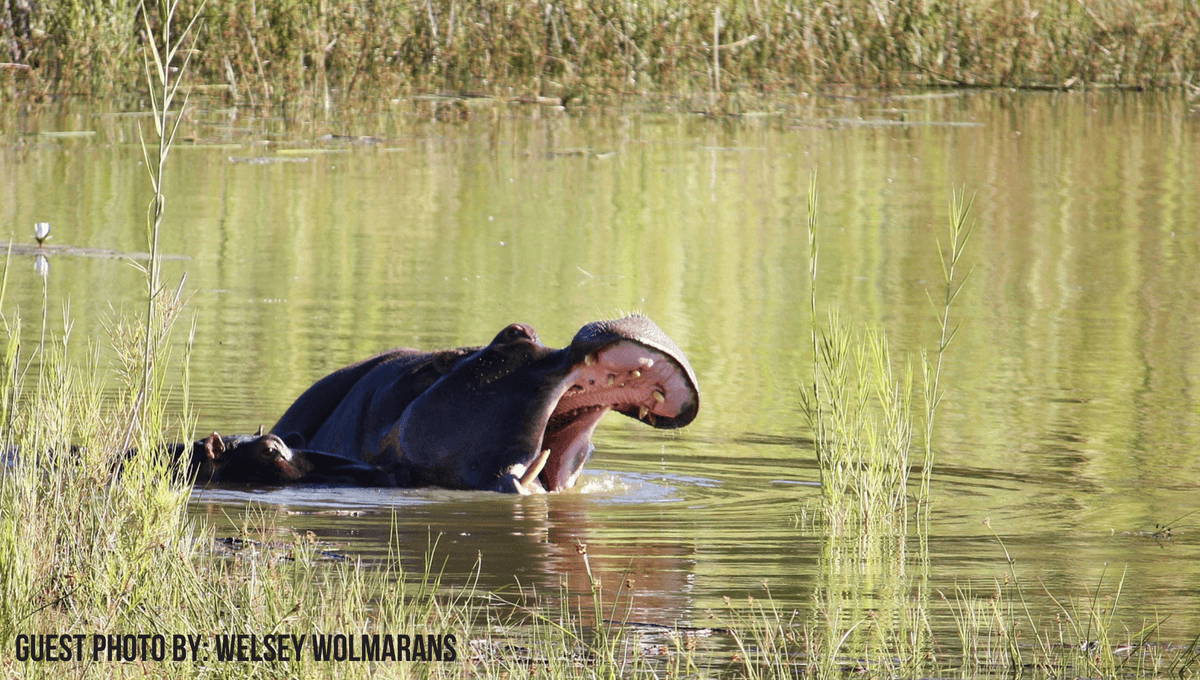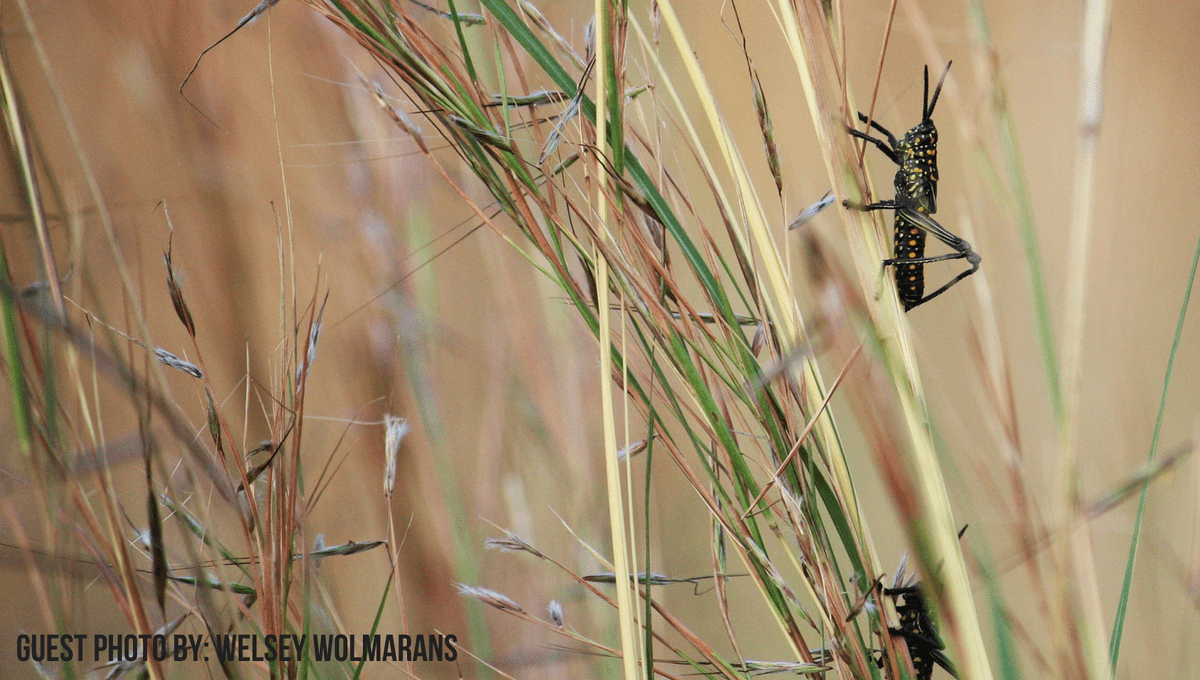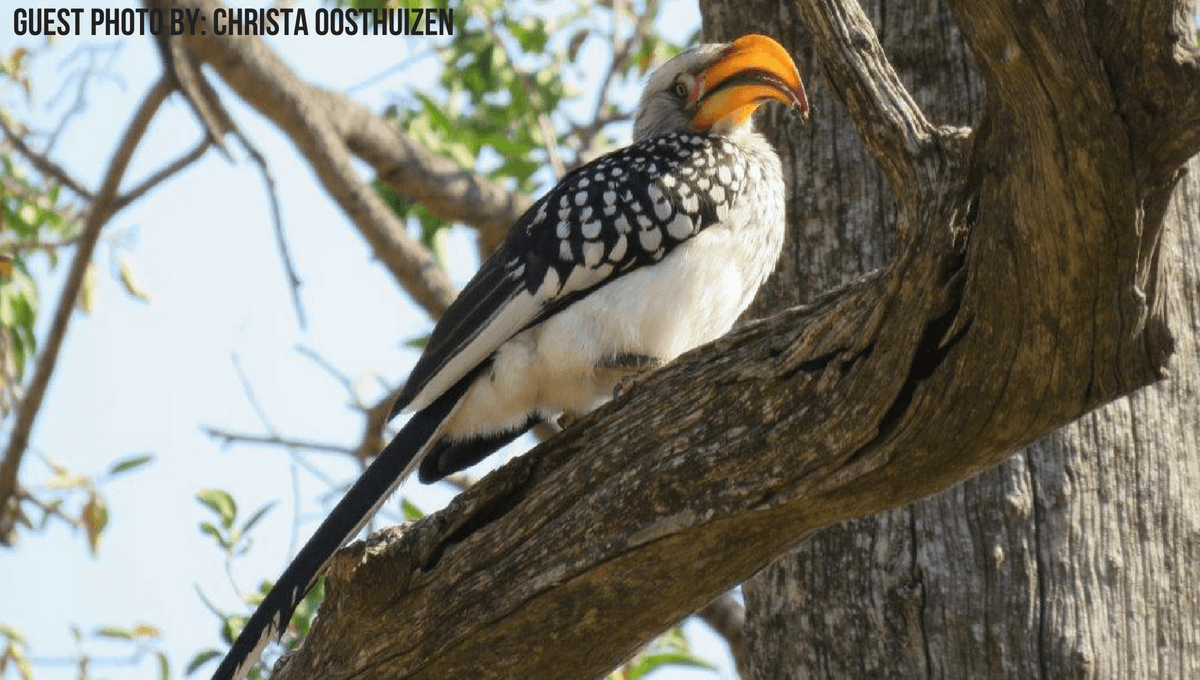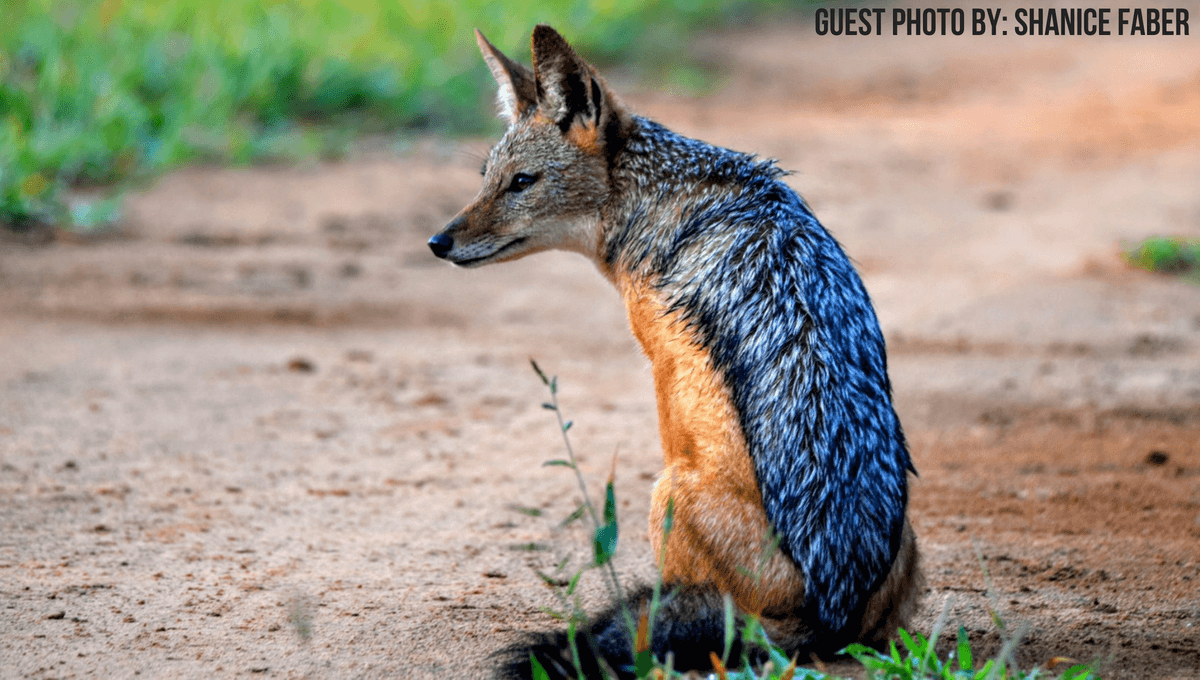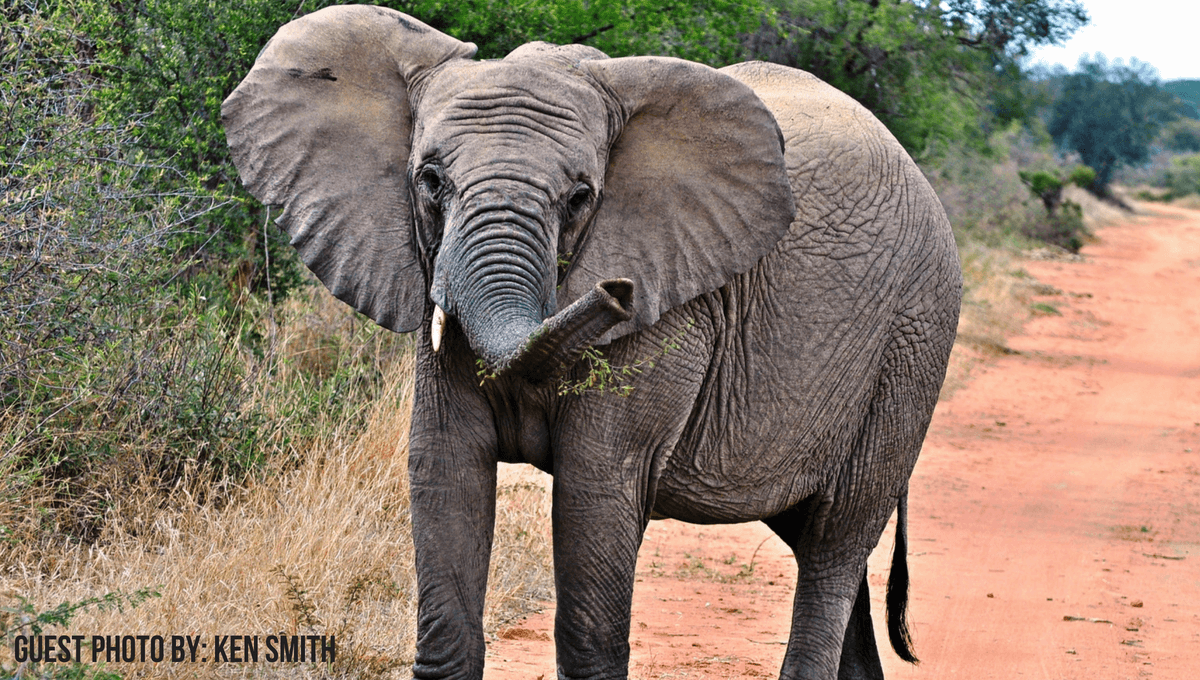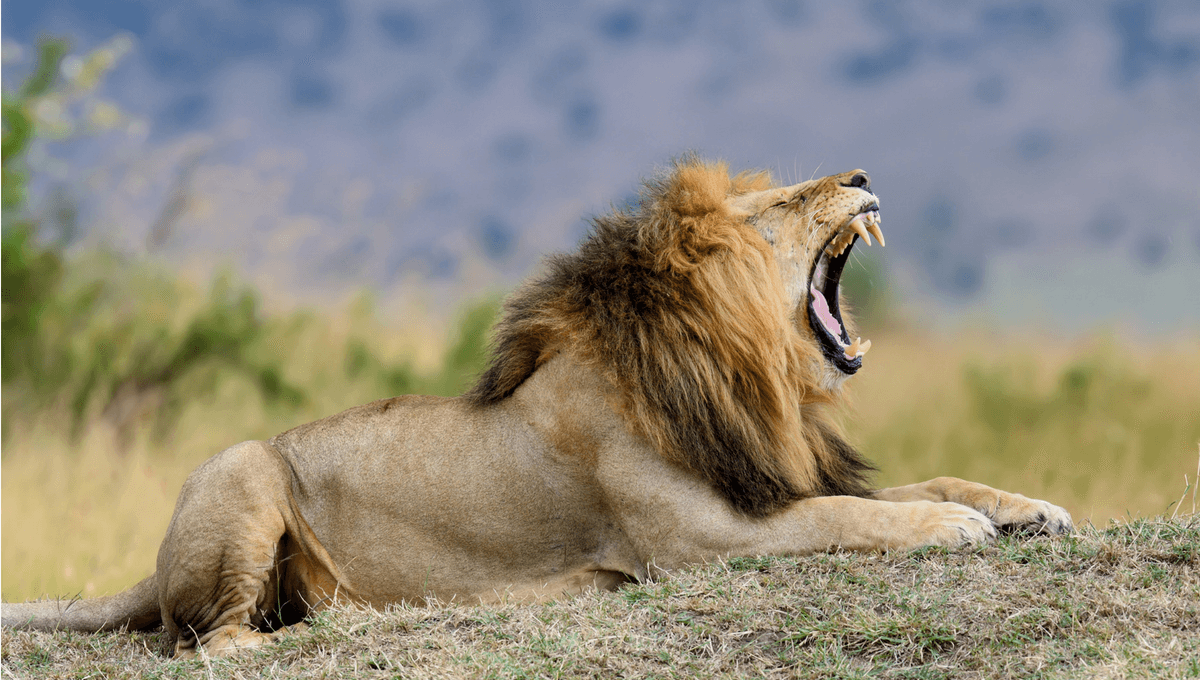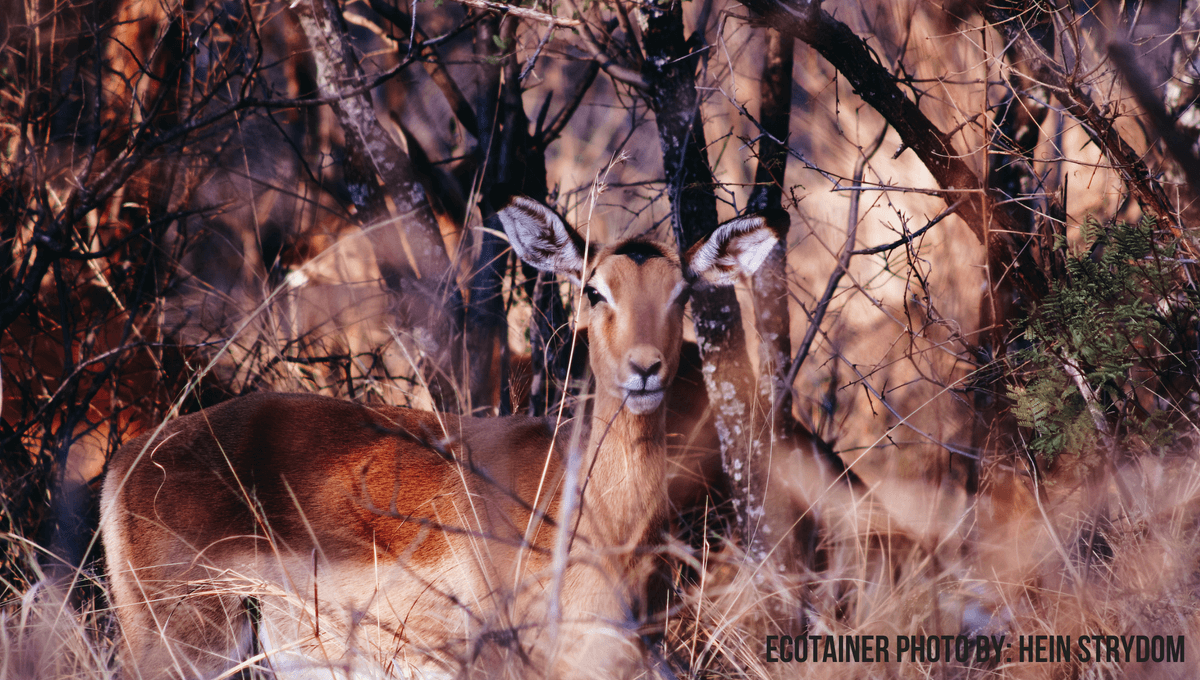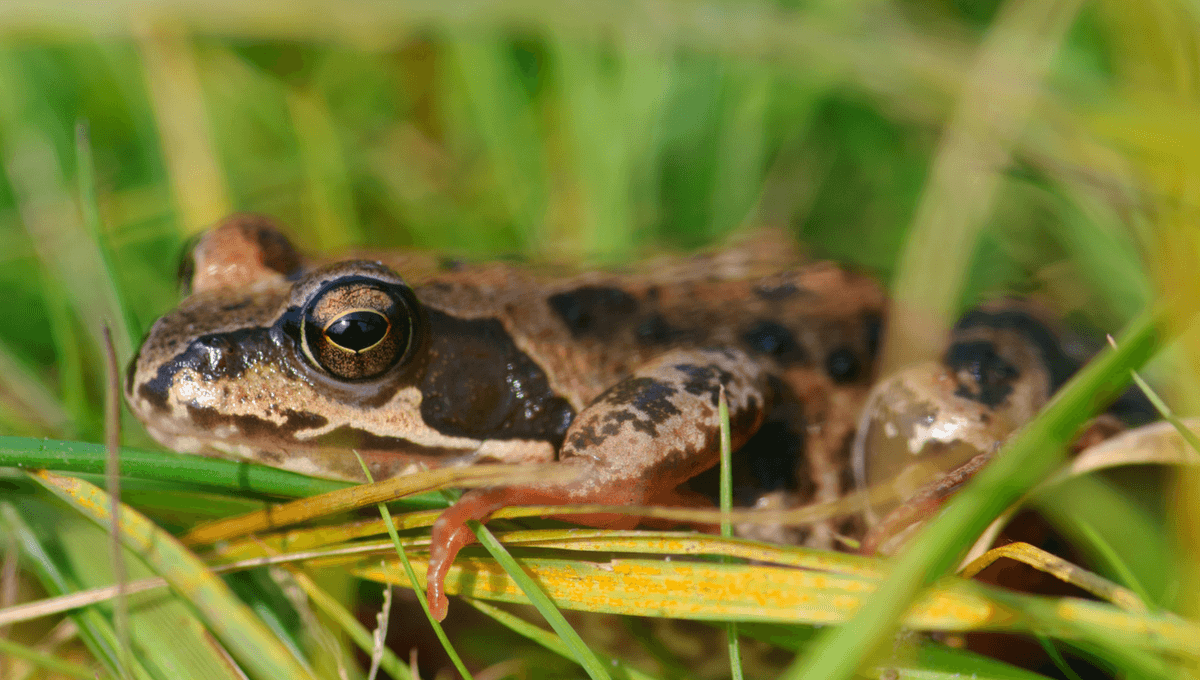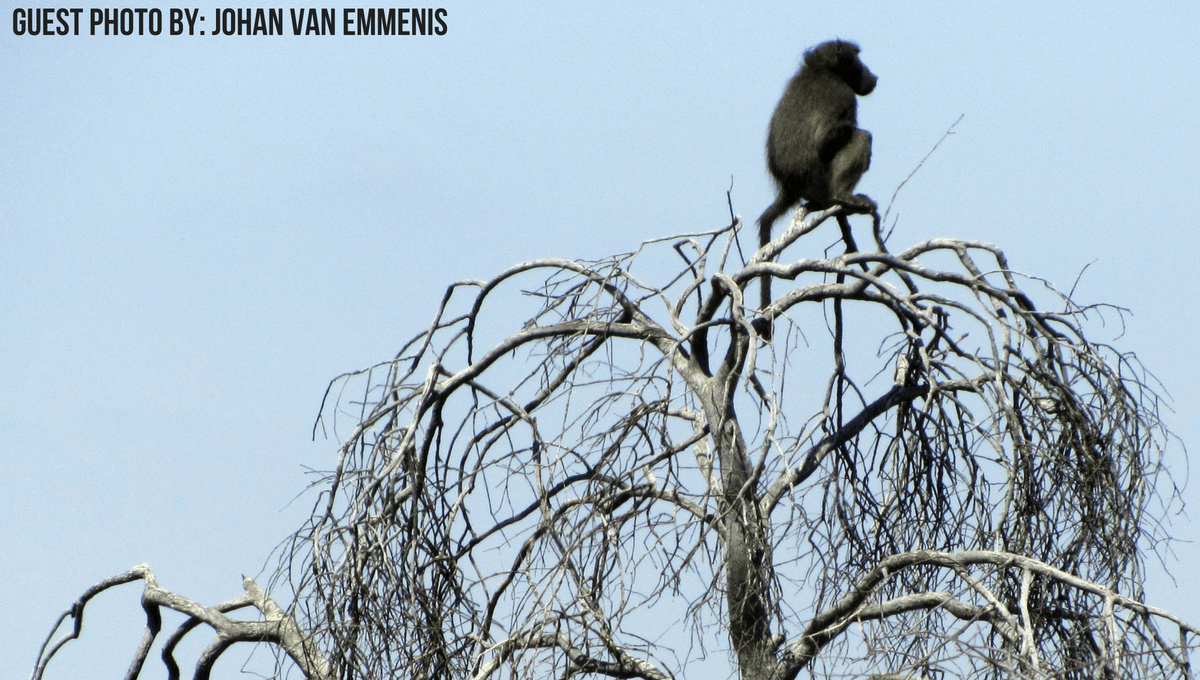The great and majestic giants of the bushveld with their mighty size, columnar legs and great strength have long been the topic of mythical folklore on the African continent. The myths and tales, passed down by generations, about these gentle giants stretch far and wide; weaved into African traditions, beliefs and modern-day symbolism. The origin of some of these myths has become ambiguous over the years and cannot be credited to a single tribe. Nonetheless, these stories add to this magic aura around the largest living mammals walking the earth today – the great African elephant.
As legend has it, these powerful beasts with their ‘wisdom sticks’ or tusks can tell the exact time and place of their death. It’s exactly for this reason certain African tribes believe old tuskers are often seen without their herd, preferring to find a hiding place to die, thus maintaining their dignity, as they wish to die alone and in peace. It reminds one of the novel by Dalene Matthee, ‘Kringe in die bos’, a story about Oupoot – the legendary elephant bull that breaks away from its herd and forms a powerful bond with Saul Barnard, the woodcutter. Saul aims to protect the elephant and the surrounding woods of Knysna, and by doing this he finds his truth.
This brings us to the next myth, with its origin in Kenya and the Kamba tribe. The Kamba people believe elephants were once humans who changed into elephants as a result of magical ointment that was rubbed on their teeth. They believe that it’s for this reason elephants are so intelligent, but also why humans have such an unusual connection with them.

Mabalingwe, too, has a legendary tale about elephants. Here is that story, told is as seen through the eyes of Game Ranger, Carl Swartz:
I have had my fair share of sightings of elephants on Mabalingwe Nature Reserve, and each time the experience is dreamlike. It’s so unreal how you can recall the specific mood, bushveld-smell in the air, that hair-raising moment where one becomes one with nature – it just leaves you in awe.
With each new elephant sighting on the Game Rangers’ radar, there is always that ‘eureka’ moment, the adrenaline rush and funnily enough, an exact course in how the events unfold. This time it played out exactly like before…
It always starts with a call from another Ranger:
Carl Swartz: “Yes, tjomma, howzit going?”
Game Ranger 2: “Lekker, lekker friend. Listen here, I have the elephants in front of me.”
Carl Swartz: “Okay, cool man, can you tell me where they are?”
Game Ranger 2: “Ja, dude! Do you remember that place I almost poked my eye out with the two-way radio’s atenna, well it’s about 500 metres past that, close to a rock that looks like elephant excrement?”
Carl Swartz: “Yeah, yeah.” I would usually reply, realising that no one else would be able to find this mentioned location based on those directions.
And off I go “racing” at 25 km/h to get to this precise location. At this moment the excitement in the vehicle is buzzing, whilst I am sweating bullets – thinking of the possibility of being too late and the elephants disappearing into the bush again.
Later…
I finally arrived at the location, but no elephants in sight. This is where the doubts creep in – am I too late; did we scare them off; am I at the right location?
I call one of the other rangers: ring…ring…ring…
Guest: “Is it true that elephants are scared of mice? And do they really get drunk on Maroelas?” I hear from the back of the vehicle.
Carl Swartz: “Huh?” startled I react, before answering the guest (If you would like to know the answers to these questions, please book a Game Drive with Carl Swartz.)
Game Ranger 2: “Hello, Carl, you there?” meanwhile, on the line.
Carl Swartz: “Hello. Yes, can you hear me?”
Game Ranger 2: “Yes, ‘yster’ – do not move. Where are you now?”
Carl Swartz: “Next to that rock you mentioned.”
Game Ranger 2: “Okay, cool! Drive towards the dam where you fell in that one evening, turn right, then left and you will see them!”
…
+/- 10 minutes later
Carl Swartz: “Ladies and gentlemen, please remember to keep noise levels down; in front of you, you will see a herd of elephants.”

A few minutes later…
The elephants started taking an interest in us. The herd heading closer to the vehicle. Not aggressive, just curious. Several of the elephants greet us by shaking their heads and lifting their trunks. The lady behind me suddenly grabs my shoulder tightly, squeezes it and in a panicked state whispers:
“Let’s go, let’s go.”
Carl Swartz: “Ladies and gents, please do not be afraid. These elephants smell fear and that will make them nervous.” I calmly explained.
At this point, a nervous energy has erupted, with guests asking question after question, and the elephants moving closer and closer. It is at this exact moment when the matriarch stops and out comes a little calf. The chaos all of the sudden turns to “ooh’s and “aah’s”. She has come forward to show off the newest addition to the herd. She cautiously guards him, as the calf steps forward, wild trumpet, lots of scuffling and pushing – as if he’s the alpha male. As suddenly as they appeared, they disappeared into the bush. Thereafter, it was a moment of complete silence – a simple act reminding us about the human characteristic these majestic creatures possess, but also a reminder of their gentle nature.

In closing, let us be reminded of the elephant tusks in South Africa’s coat of arms that represent wisdom, strength and eternity. Let us be wise and safeguard elephants and African folklore, surrounding these incredible beings, for years to come. Let us show the strength to protect elephants for future generations. And let us work together to ensure that elephants are alive and thriving for the rest of eternity. Let the legend live on…


